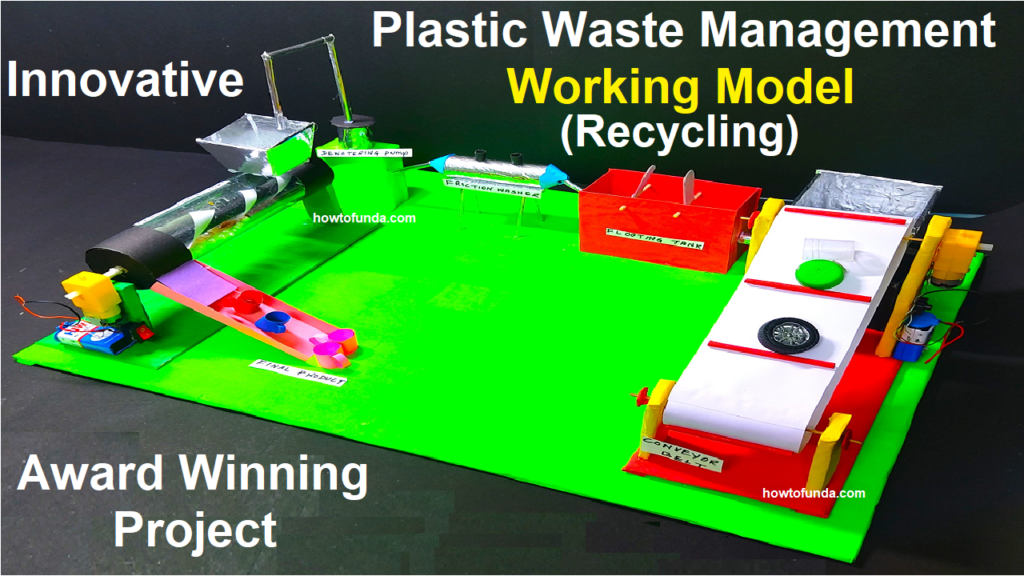Introduction:
Ladies and gentlemen, esteemed guests, and fellow advocates for a cleaner planet,
Today, I stand before you to discuss a pressing issue that demands our immediate attention and collective action – plastic waste.

As we gather here, surrounded by the marvels of science and innovation at this exhibition, it is our duty to address the growing menace of plastic waste and explore the concept of Integrated Plastic Waste Management.
The Plastic Predicament:
Plastic, a marvel of modern science, has undoubtedly improved our lives in numerous ways. However, its unparalleled convenience has led to a global crisis – the proliferation of plastic waste.
The widespread use of single-use plastics, packaging materials, and disposable items has resulted in a mounting environmental challenge.
The Consequences:
The consequences of plastic waste pollution are far-reaching and devastating:
- Environmental Degradation: Plastic waste litters our landscapes, pollutes our oceans, and threatens wildlife. Marine creatures ingest or become entangled in plastic debris, leading to untold suffering and death.
- Resource Depletion: The production of plastic consumes vast quantities of fossil fuels, contributing to resource depletion and greenhouse gas emissions.
- Health Hazards: Microplastics, tiny plastic particles that contaminate our food and water, pose potential health risks to humans.
- Aesthetic and Economic Impact: Unsightly plastic waste diminishes the beauty of our communities and incurs substantial cleanup costs.
Integrated Plastic Waste Management: A Solution:
Integrated Plastic Waste Management is a comprehensive approach aimed at mitigating the plastic waste crisis. It involves a series of strategies designed to minimize plastic production, maximize recycling and reuse, and promote responsible disposal. Let’s explore some key components:
1. Reduction at the Source:
We must prioritize the reduction of single-use plastics by advocating for sustainable alternatives and responsible consumer choices. This includes supporting policies that limit plastic production and encouraging the use of eco-friendly materials.
2. Efficient Collection and Recycling:
Efficient waste collection systems and recycling facilities are essential. Governments and businesses should collaborate to establish and improve recycling infrastructure, making it more accessible and convenient for communities.
3. Plastic-to-Energy and Circular Economy:
Incorporating innovative technologies like plastic-to-energy conversion and the creation of a circular economy can help repurpose plastic waste into valuable resources while reducing environmental harm.
4. Public Awareness and Education:
Raising public awareness about the consequences of plastic waste and educating communities about proper waste disposal and recycling practices are critical components of successful management.
5. Policy Advocacy:
Advocating for and supporting policies that regulate plastic production, encourage recycling, and hold polluters accountable is vital.
Conclusion:
In conclusion, the problem of plastic waste may seem insurmountable, but with determination and concerted efforts, we can turn the tide. Integrated Plastic Waste Management provides a roadmap to a cleaner, healthier planet, but it requires the active involvement of governments, businesses, communities, and individuals.
Let us embrace the power of science, innovation, and collaboration to tackle the plastic waste crisis head-on. By working together, we can reduce plastic pollution, protect our environment, and ensure a brighter, cleaner future for generations to come.
Thank you.

